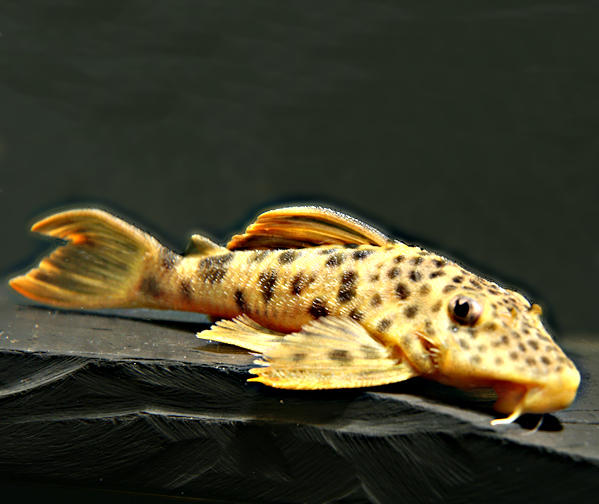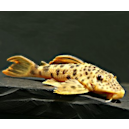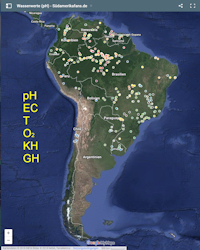Hello catfish freaks,
today I would like to introduce you in three articles of the current issue of Aquaristik Fachmaganzin (Oct./Nov. 2017):
Ingo Seidel “Special features in the diet of South American catfish” (“Besonderheiten in der Ernährung südamerikanischer Welse”)
As you know, the high biodiversity in South America is related to the fact that many species have specialized in their habitat. With the catfish, we also find food specialists. Ingo introduces some:
- Wood eater: Almost every aquarist now knows Panaqolus, Panaque and Cochliodon
- Sponge eater: f.e. Megalancistrusare catfishes, which eat freshwater spronges. In the tank you can also use food tablets and frozen food
- Fruit and snail eaters: f.e. Megalodoras uranoscopus, which eat the fruits of Licania longipetala and Astrocaryum jauary, but also snails of genus Pulmonata
- Plankton feeders: Hypophthalmus, eats water fleas, rudder crabs or phytoplankton. In the tank you can use Daphnia, Moina or Cyclops
- Egg eaters: f.e. the catfishes of Amaralia, n whose stomach contents eggs and embryos could be determined
- Scavengers: catfishes from the family Cetopsidae, who snap pieces of lifeless bodies at lightning speed
- Blood eater: Vandellia, Paravandellia, Paracanthopoma and Plectrochilus. Here also include the well-known Candiru from the Amazon area, who are said to have nestled painfully in human urethra. Most of these stories are said to have been greatly exaggerated.
- Dandruff and mucous membrane eaters: Henonemus, Homodiaetus, Ochmacanthus and Pseudostegophilus. These genera are unsuitable for the aquarium.
Ingo Seidel “Rhyacoglanis, a new genus of catfishes” (“Rhyacoglanis, eine neue Welsgattung”)
Ingo discus the first description of genus Rhyacoglanis by Shibatta, Oscar A. & Vari, Richard P., 2017 “A new genus of Neotropical rheophilic catfishes, with four new species (Teleostei: Siluriformes: Pseudopimelodidae)”.
He notices that the holo- and paratypes of Rhyacoglanis annulatus and Rhyacoglanis seminiger don´t have the connection between the tail stripes, which was called in the description. Additional these animals have an high color variability. Therefore, the description is questionable.
Ingo thinks that these animals eat insect larvae, crustaceans and worms because the size of these catfishes and the form of their mouth. From personal observations, Ingo assumes that the genus in South America is widespread and not only consists of the five described species.
Ingo Seidel “Rare Panaqolus imported from Peru” (“Seltener Panaqolus aus Peru importiert”)
Ingo notes that some Panaqolus are regularly imported and belong to the fixed range of well-stocked aquarium specialist shops, for example Panaqolus cf. maccus (L 448) and Panaqolus albivermis (L 204).
By misfortune by the exporter the company aqua-global got plain striped Panaqolus sp. “L 459”. This species is from the Río Itaya and is about 12 cm long.
Enjoy reading of Aquaristik Fachmagazin.


